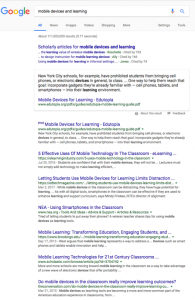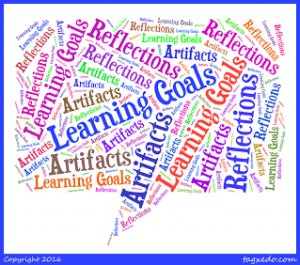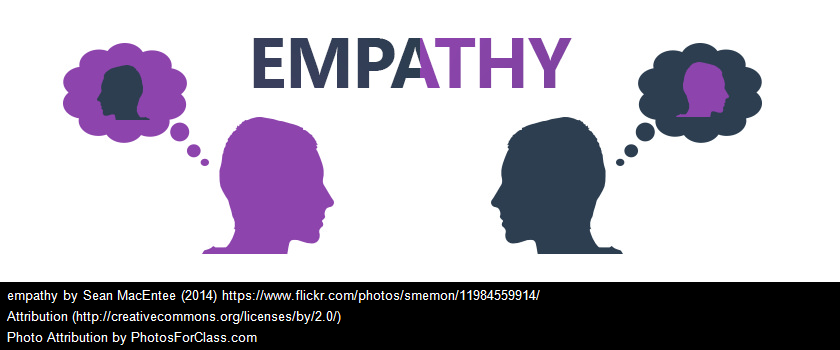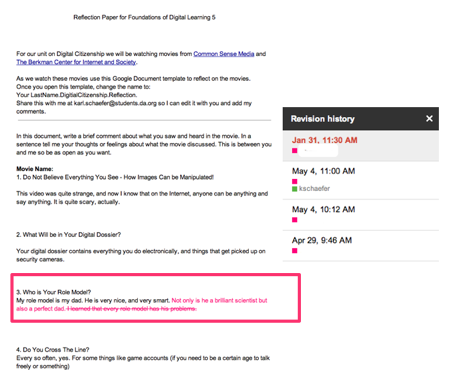
Another day, another story about distractions caused by devices. Why do none of these articles and studies discuss the power of the off button? I wrote about my culpability in a post as I own that I have distraction on my hands.
How Smartphones Hijack Our Minds – Nicolas Carr who also wrote the book The Shallows which told us what the internet is doing to our minds. I do not completely buy his argument although I get the point. I imagine there were articles about how the printing press was damaging to the eyes or memory of the humans when it was introduced. Check out Marshal McLuhan’s The Gutenberg Galaxy, The Printing Press as an Agent of Change by Elizabeth L. Eisenstein, or The Rand Corporation’s article on the Information Age, Looking Backward to Look Forward Try this do a Google search for distractions and learning distractions and you will find a plethora (About 31,400,000 in 0.64 seconds, according to Google’s humble brag) of information about the damage being done.
Do a Google search for mobile devices and learning and you will find an abundance, (About 111,000,000 results 0.71 seconds, again a humble brag) according to Google’s humble brag) of information about how the same devices can be used to increase the learning with adaptions and conscious use. That is about 79,600,00 more although to be honest I did not read them all to make sure if they were pro or con.

I get it and agree, but until there is no longer an off button on the devices, we are still the overlord of the devices we put in our lives. I for one do not want to go back to the day when digital learning happened when you went to the computer lab. For fun, I did a Google search for how to turn off my iPhone? I did not see this number coming (About 16,900,000 results (0.55 seconds)). If there are that many resources on how to turn off an iPhone we might need an intervention.









